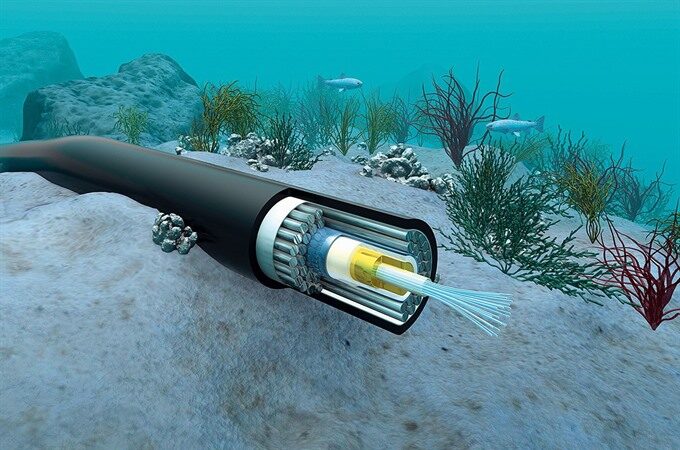Morocco Will Extend One Of The Longest Submarine Cables In The World To Send Electricity – Curiosities – Hybrids And Electric

The United Kingdom has reached an agreement with Morocco to obtain electricity from the inexhaustible photovoltaic energy available to the African country. Its purpose is to build a photovoltaic and wind farm near the Atlantic, located at a height near the Canary Islands, and extend a cable of 1.8 GW of power and more than 3,000 kilometers to the British country. The budget to carry out the work is 18,500 million euros.
The viability of the project has recently been confirmed, and it will be in the design and planning phase until 2025. The company in charge of executing the “Xlinks Morocco-UK Power Project”, as it is called, will be the British xlinkswhich will now build a factory in Scotland, in the city of Hunterston, to manufacture both all the equipment necessary for the plant and the two submarine cables that will run from Morocco to the United Kingdom under the Atlantic Ocean.
In addition, the project also needs a vessel specifically designed for the purpose. This task has been entrusted to the also British XLCC, which, with the advice of the specialist Salt Ship Design, is already designing a ship that they themselves classify as “the most sophisticated, efficient and environmentally friendly cable railway in the world at the time of delivery”. Since it is a one-off order, work is also being done on the selection of a shipyard that can carry out its manufacture.
Render of the ship that XLCC is designing to lay the cable that connects Morocco with the United Kingdom.
First rendering of the ship that XLCC is designing to lay the cable that connects Morocco with the United Kingdom.
The submarine cable that will link Morocco with the United Kingdom will be 3,800 kilometers long
The photovoltaic and wind power plant will be located in the Moroccan region of Guelmim-Oued Noun, near the city of Tan-Tan, facing the Canary Islands and it is planned to have a useful area of more than 1,500 square kilometers. In principle, a production capacity of 10.5 GW per year is planned, of which 7.5 GW will come from solar energy, while 3 GW will come from wind energy. Also contemplated is the construction of batteries for energy storage with a capacity of 20 GWh.
The cable, which is actually made up of a double laying of direct current at high voltage, will have a power of 1.8 GW and will require a total of 90,000 tons of steel in order to cover the 3,800 kilometers which has to travel from the Moroccan coast to the closest point of the British coast with the city of London.
According to Xlinks itself, by the time the plant can produce electricity at cruising rate, it should be able to provide the United Kingdom with 8 per cent of the energy needed to supply the entire country, which means providing electricity to more than 7 million people. homes, while it will provide permanent employment to 1,350 people in the United Kingdom and 10,000 direct and indirect jobs in Morocco.
It is not planned to finish the works and for the plant to be operational, however, until between 2027 and 2029.



